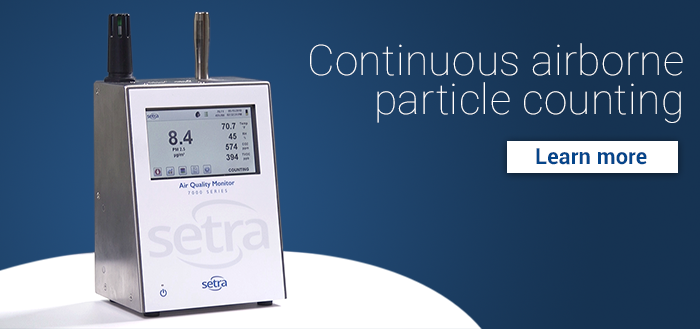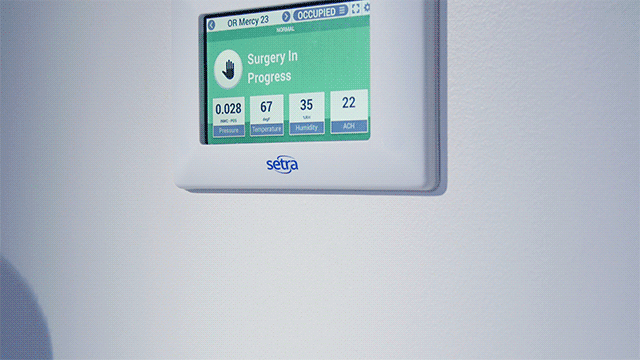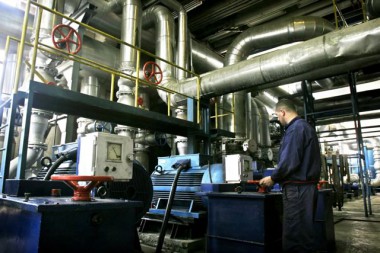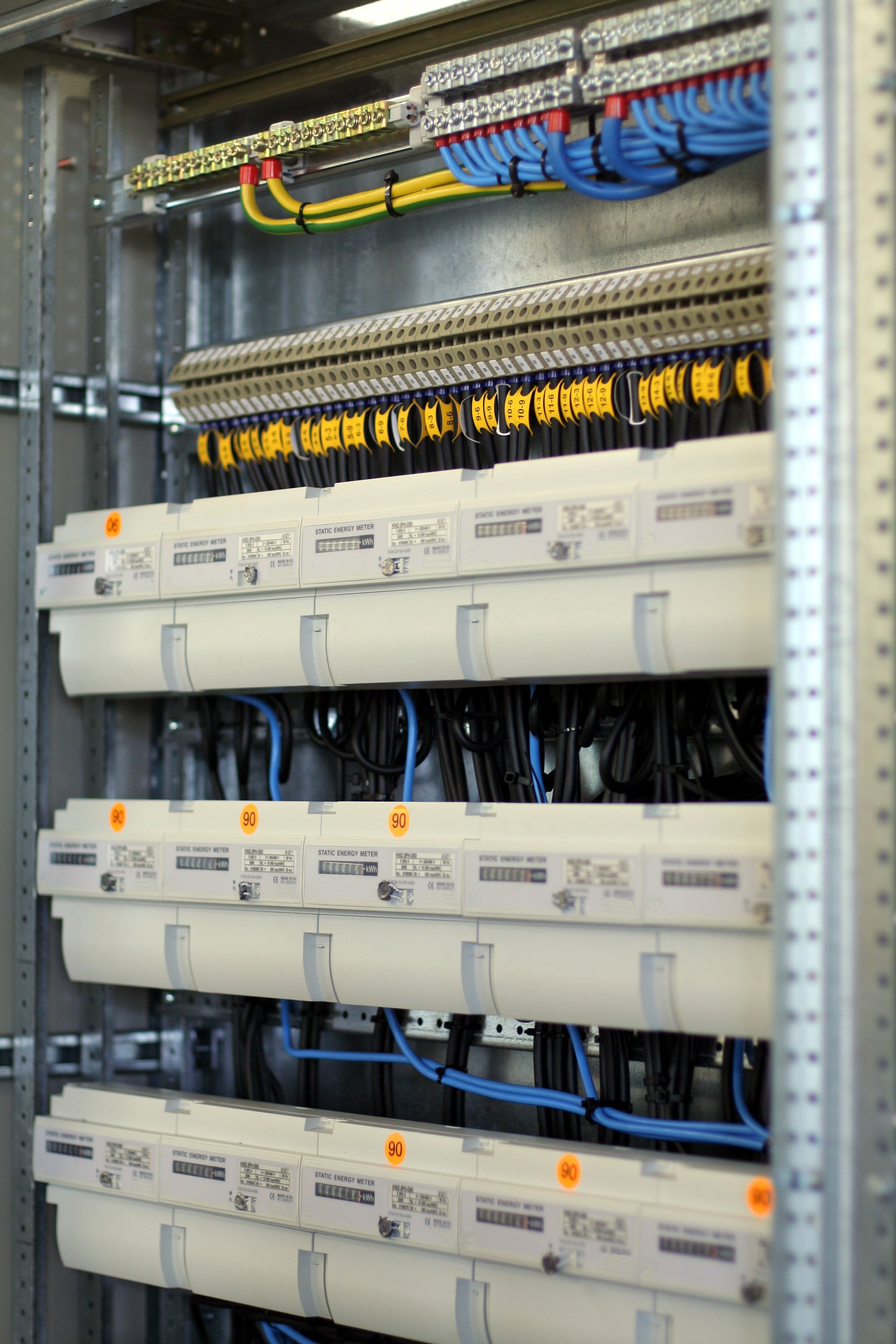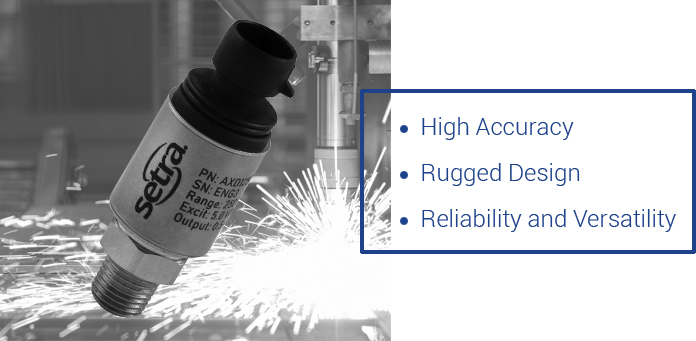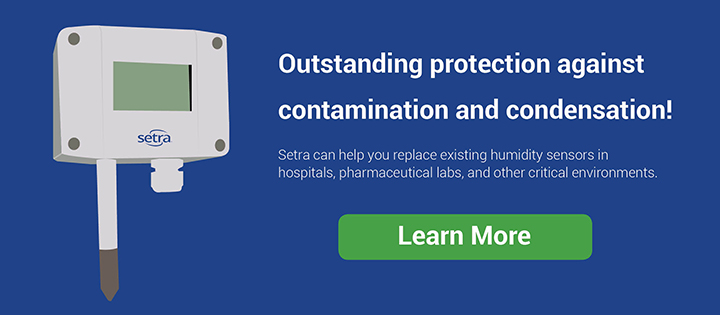The Joint Commission (TJC) is a non-profit organization dedicated to ensuring hospitals and other medical facilities provide safe, high-quality care to patients. TJC accredits healthcare organizations throughout the United States. Accreditation occurs every 3 years, but inspection surveys occur unannounced every 18 to 39 months, taking between 2 and 3 days to complete. For most of the United States, Medicare and Medicaid funding depend on TJC accreditation.
Setra Blog
Meghan Kelley
Recent Posts
The semiconductor chip manufacturing industry includes several processes during a fabrication of the integrated circuits to be used in electronics. As such, many of these processes are complex and sensitive. Setra offers pressure management solutions capable of handling a wide range of responsibilities and solving the complicated tasks of stable semiconductor manufacturing. The semiconductor manufacturing industry relies on their suppliers or business partners to help provide precise delivery of pressure and vacuum management solutions.
When selecting a particle counter, it is necessary to consider what building automation network it can communicate with. Examining the available options helps to ensure the particle counter will connect to your existing network.
Building on the strengths of the Setra FLEX, FLEX-RC adds control capability to the monitor and alarming functions. With the added control capability, FLEX-RC can help manage an environment in a number of ways.
HVAC/R systems can be designed to perform a variety of functions. Examples of these functions include improving comfort, managing maintenance within a building, minimizing mold, and monitoring pressure in a critical space. HVAC/R encompasses many applications, including:
Building automation systems (BAS) are increasingly common in a variety of environments to make HVAC systems as efficient as possible and reduce the need for in-person monitoring of pressure in each area. The value of a BAS relies heavily on a number of components seamlessly integrated together. Pressure transducers that conduct intensely accurate measurements work in tandem with room pressure monitors presenting real-time data and raising alarms if something goes wrong. Calibration equipment ensures building automation tools work smoothly and accurately without the need to oversee them. A BAS can be used in many applications, from filter monitoring to green buildings to zone control in critical environments.
Nosocomial infections (also known as Hospital-Acquired Infections, Healthcare-Associated Infections, or HAIs) can result in otherwise avoidable extended hospital stays, readmittance, follow-up treatments, and even death. HAIs can often spread via airborne transmission, which emphasizes the need for proper room pressurization to contain hazardous particles. Operating rooms (ORs) are an area where patients are especially at risk for contracting infections. 2.5µm particles are an important leading indicator of the potential presence of contaminants that could put the patient at risk. The best opportunity to manage the risk of infections is by limiting 2.5µm particles in a space.
Now available, the Model AXD™ Pressure Sensor is Setra's most versatile pressure transducer yet. Built for high performance applications, the Model AXD features a patented overpressure stop that allows the sensor to recover from overpressure conditions up to 8x the rated range. With a specially designed diaphragm for each pressure range, the Model AXD can measure pressure from 1 PSI to 10,000 PSI full scale. The Model AXD can operate over a wide temperature range from -40 to 125°C.
Many HVAC, critical environments, and industrial applications employ temperature and relative humidity (T/RH) sensors. But exactly how many T/RH sensors does an application require? It is difficult to spec the exact requirements for certain applications for a variety of reasons. No two applications are identical, and thus no two spaces require the same number of T/RH sensors. As each application is unique, the number of sensors needed depends on several factors, including:
Room pressure readings are useful and often necessary in a range of spaces. However, two pressure transducers in the same space might not always present the same reading. A variety of circumstances can have an impact on the reading of a pressure sensor.
Subscribe to Our Blog!
Topics
- Critical Environments (182)
- HVAC/R (179)
- General Industrial (153)
- Building Automation (134)
- General Industrial OEM (92)
- Energy Management (85)
- Test and Measurement (66)
- HVAC/R OEM (58)
- Barometric (44)
- Alternative Fuels (42)
- Medical (40)
- Process/Mfg Tank Level (40)
- Water and Wastewater (39)
- OHV (38)
- Oil and Gas (35)
- Industrial Vacuum (29)
- Calibration (25)
- Semiconductor (25)
- Particle Counting (18)
- Cleanroom Monitoring (17)
- Room Pressure Monitoring (16)
- Trade Show (12)
- cleanroom environment (12)
- Scales (11)
- Environmental Monitoring (10)
- Power Monitoring (10)
- Healthcare (9)
- Power Meters (9)
- Software (9)
- cleanroom monitoring systems (9)
- Case Study (8)
- critical environment technologies (8)
- Humidity (7)
- data centers (7)
- particle counter (6)
- pressure transducers (6)
- LITE room pressure monitor (5)
- hardware and software cleanroom monitoring systems (5)
- setra lite (5)
- Compliance (3)
- Video (3)
- hospital spaces (3)
- FAQ & Troubleshooting (2)
- Monitoring Compounding Pharmacies (2)
- Semiconductor Manufacturing (2)
- agencies that monitor pharmacies (2)
- energy (2)
- hvac (2)
- laboratories (2)
- monitor compound pharmacy (2)
- protected environment (2)
- regulatory compliance (2)
- setra lite features (2)
- usp 797 (2)
- Current Sensors and Transducers (1)
- Current Transformers (1)
- Pressure (1)
- aerospace cleanrooms (1)
- cems (1)
- digital transformation (1)
- ipv6 multicast (1)
- ipv6 multicast address (1)
- ipv6 multicast address range (1)
- isolation room pressure monitoring (1)
- multicast address ipv6 (1)
- multicast ipv6 (1)
- operating room (1)
- pharma 4.0 (1)
- pressure sensor (1)
- pressure transducer companies (1)
- semi conductor (1)
- sensors and transducers (1)
- setra pressure transducers (1)
- submetering (1)
- sustainability (1)
- temperature monitor (1)
- temperature monitoring for pharmacies (1)
- transducers (1)
- usp 800 (1)
- water (1)
- what does hvac stand for (1)
- what is a transducer (1)
- what is hvac (1)



